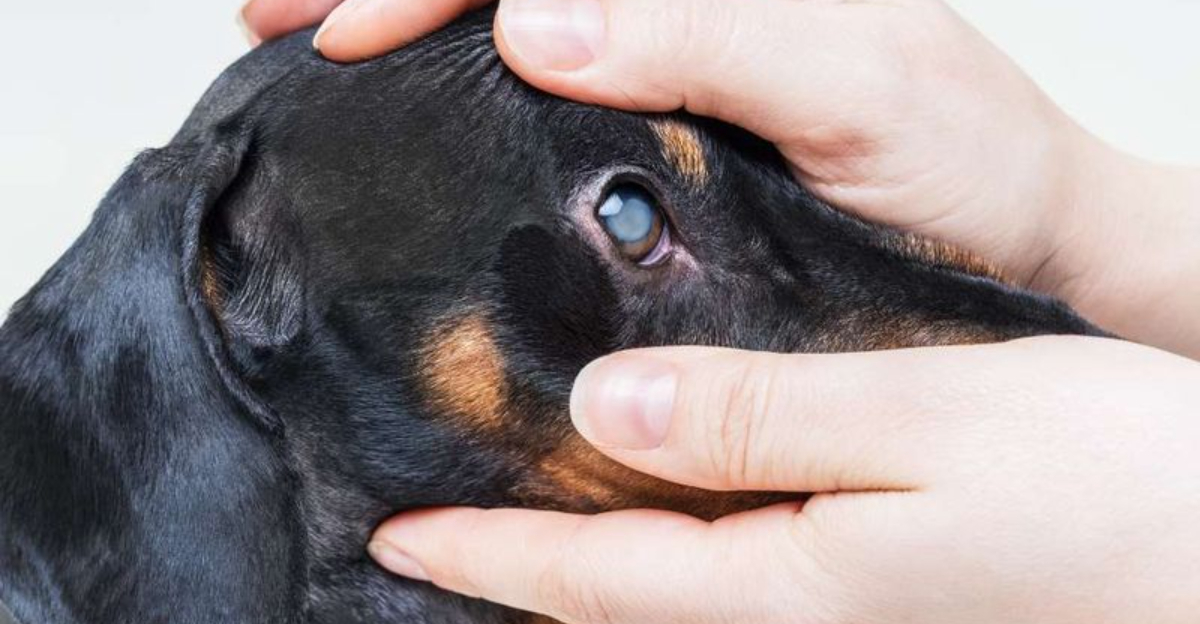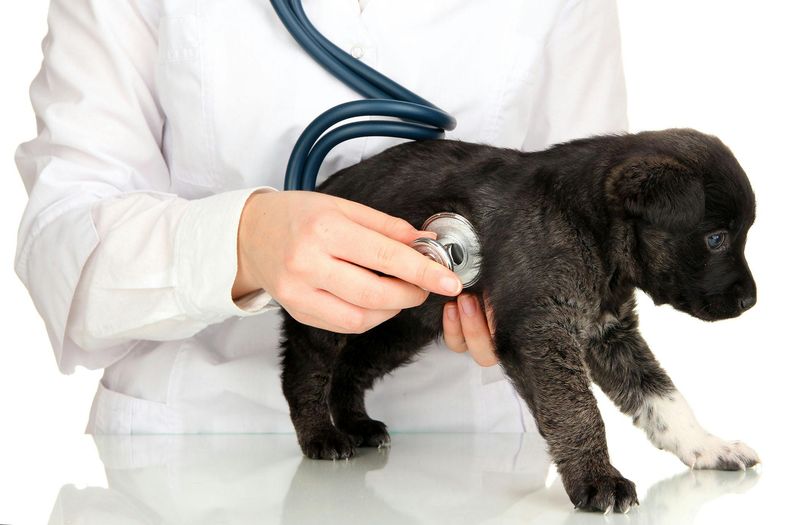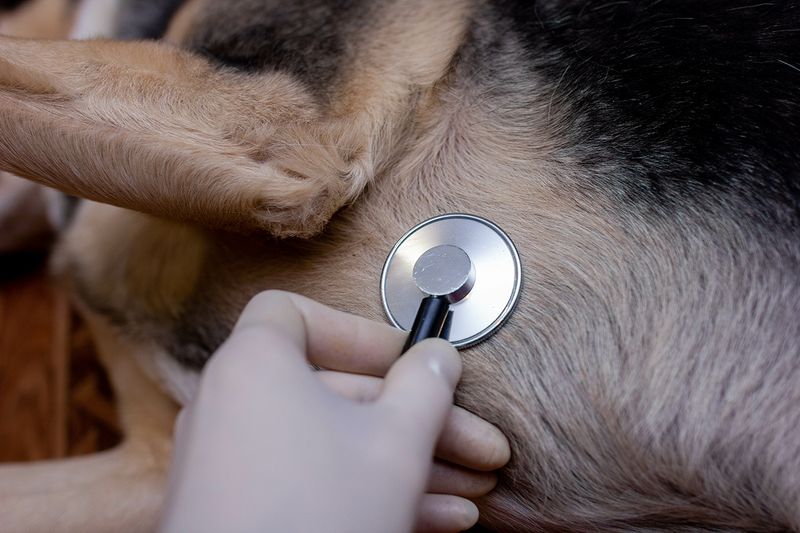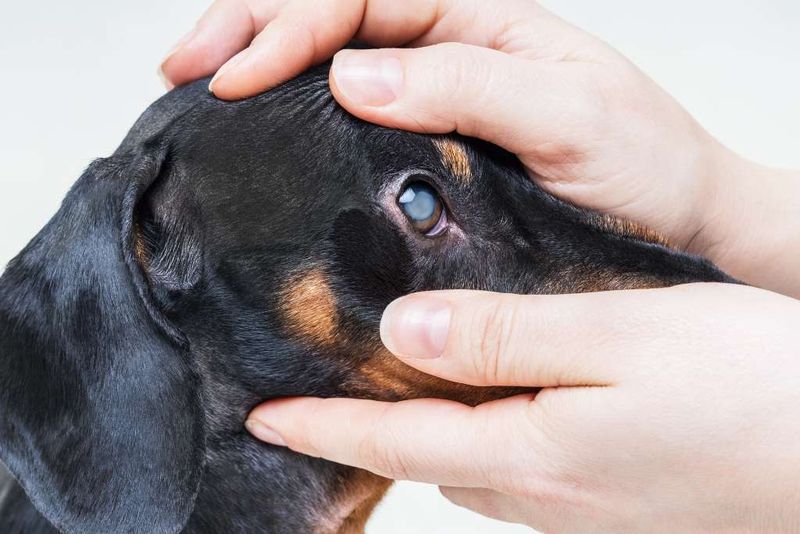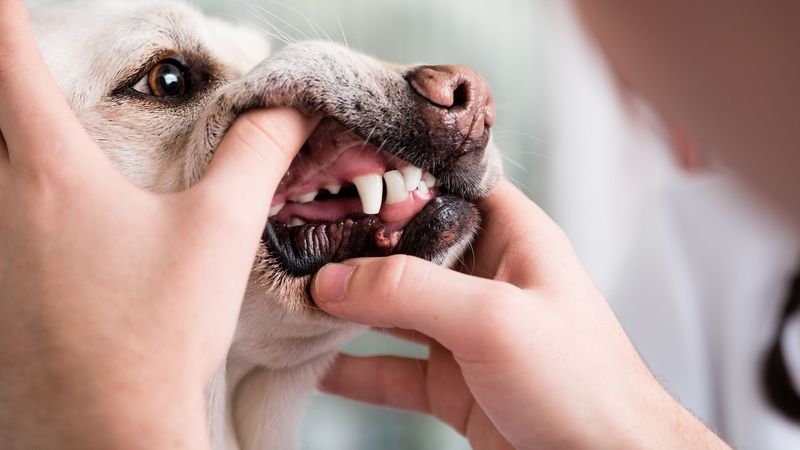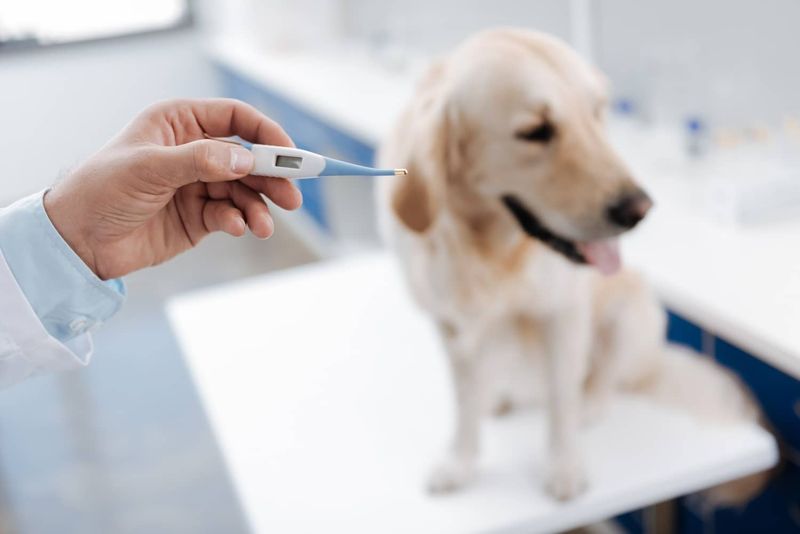Determining whether a dog is merely unconscious or has sadly passed away is crucial for pet owners facing such a distressing situation. Understanding the signs and methods to differentiate between these states can help in making informed decisions and providing the necessary care or seeking medical assistance promptly.
Check the Heartbeat
A heartbeat is a vital indicator of life. Calmly place your hand on the dog’s chest, just behind the elbow. Feel for any pulse or rhythm. Sometimes it helps to use a stethoscope for accuracy. If you feel a steady beat, your dog might be unconscious rather than deceased. If there’s no heartbeat, the situation is more serious. Stay calm and double-check to ensure accuracy.
This method, though straightforward, requires a gentle touch and careful observation. A dog’s heartbeat can be faint, especially in smaller breeds or if the dog is very still.
Observe Breathing
Breathing is another fundamental sign of life. Watch your dog’s chest for any rise and fall, indicating breaths. Sometimes, placing a small mirror near their nose can reveal condensation from breaths.
A dog may breathe very shallowly if unconscious, so patience is key. If there’s no visible breath, your dog may have passed. However, double-check by listening closely.
Observing breathing requires keen attention, as even the slightest movement counts. Each dog’s breathing pattern is unique, so knowing your pet’s normal breathing can aid in this assessment.
Listen for Sounds
Dogs can make involuntary sounds even when unconscious. Place your ear near the dog’s chest or mouth. Listen for sounds like wheezing or soft whimpers.
These are signs of unconsciousness rather than passing. If the dog is silent, it may have passed. This method requires a quiet environment to pick up subtle sounds.
Listening for sounds allows you to connect with your pet on a sensory level. Each sound tells a story about the dog’s current state, helping you evaluate the situation better.
Check for Eye Reflex
Dogs typically have a blink reflex when something approaches their eye. Gently open your dog’s eyelid and move your finger close to their eye.
If they blink or show any response, they are likely unconscious. A lack of reflex could indicate a more severe situation. Be careful not to touch the eye directly.
The eye reflex test is simple but effective. It gives quick feedback on the dog’s state, helping you decide on the next steps. Remember, a gentle approach is crucial to avoid any distress.
Check Gums and Tongue Color
Healthy gums are pink and moist. Gently lift your dog’s lip to examine the gums and tongue.
If the color is blue or pale, it indicates poor oxygen circulation, which can occur in unconscious dogs. If lifeless, the color may not change.
Checking gum color provides insight into the dog’s oxygen levels and overall health. It is a telling sign of a possible critical condition, requiring urgent attention.
Feel for Body Temperature
A living dog’s body maintains warmth. Using a thermometer, check your dog’s temperature. Avoid rectal thermometers for safety.
A normal temperature ranges between 101°F and 102.5°F. If the dog is significantly cooler, it might have passed. A slight drop indicates unconsciousness.
Temperature assessment helps in assessing the dog’s vitality. Any abnormal temperature calls for immediate medical intervention to save your pet’s life.
Try Gentle Stimulation
Unconscious dogs might respond to gentle touches. Try softly stroking your pet’s fur or lightly tapping its paws.
Look for any flicker of movement or twitching. No response might suggest passing. Keep the stimulation light to avoid causing distress.
Gentle stimulation is both a comforting and diagnostic tool. It helps in identifying the dog’s awareness levels and their ability to respond to external stimuli.
Smell for Unusual Odors
A deceased dog may emit unusual odors due to bodily changes. Stand near your dog and take a cautious sniff. Notice any unusual decay-like smells.
Such odors point to passing. An unconscious dog won’t have this odor.
The sense of smell is a powerful tool in determining a dog’s state. It helps identify changes that are not visible, giving clues about their condition.
Feel for Muscle Tone
Muscle tone can reveal a lot about a dog’s state. Gently lift a paw or limb.
An unconscious dog might have some resistance, while a deceased dog’s limbs are limp. This method provides quick physical feedback on the dog’s state.
Feeling for muscle tone is a tactile approach that provides instant clues. It helps differentiate between unconsciousness and more severe conditions, aiding in decision-making.
Seek Veterinary Advice
If uncertain, consulting a veterinarian is crucial. Professionals can provide definitive answers using advanced equipment and expertise.
Their guidance ensures the best care for your dog. Delaying medical advice could worsen the situation.
Veterinary advice is the most reliable method to confirm your dog’s condition. It offers peace of mind and ensures your pet gets the necessary care promptly.
